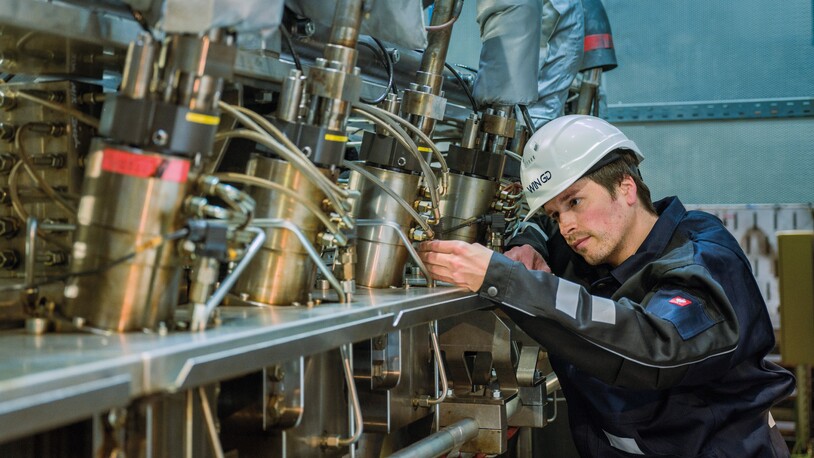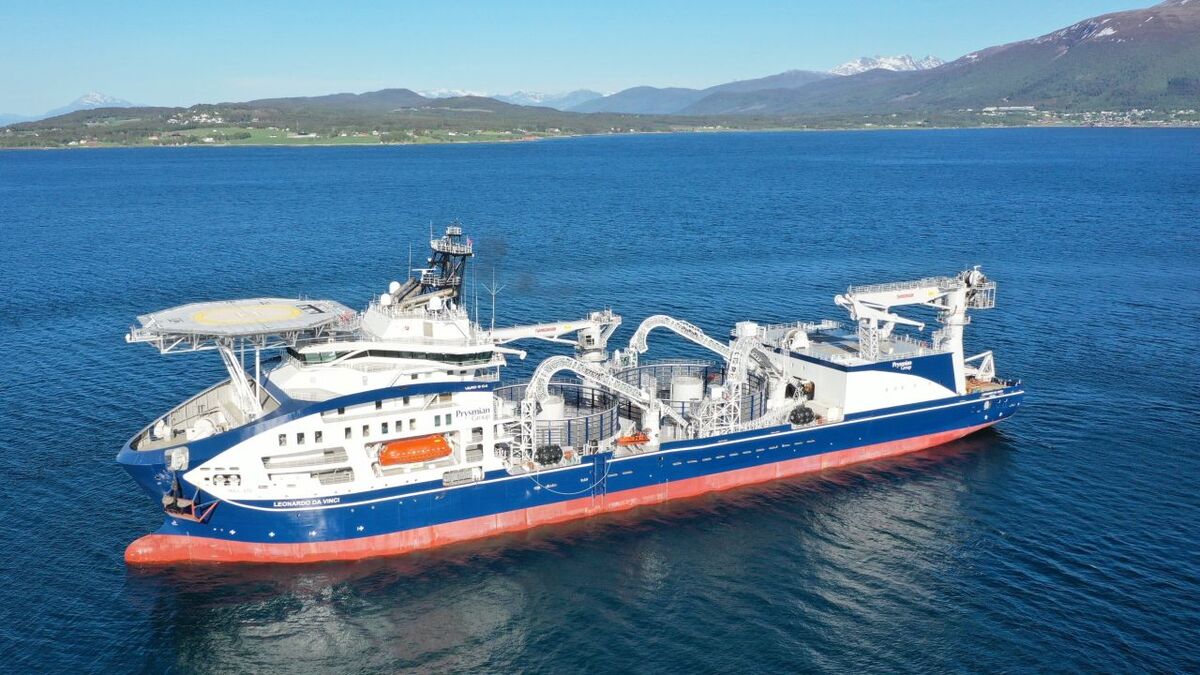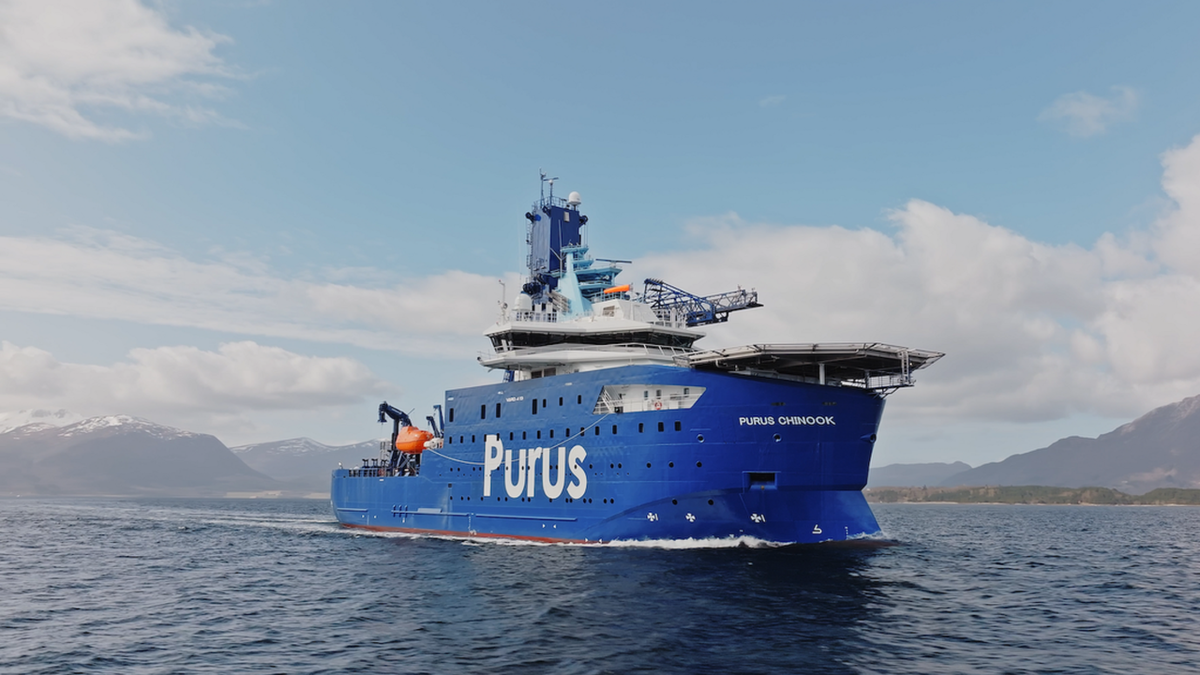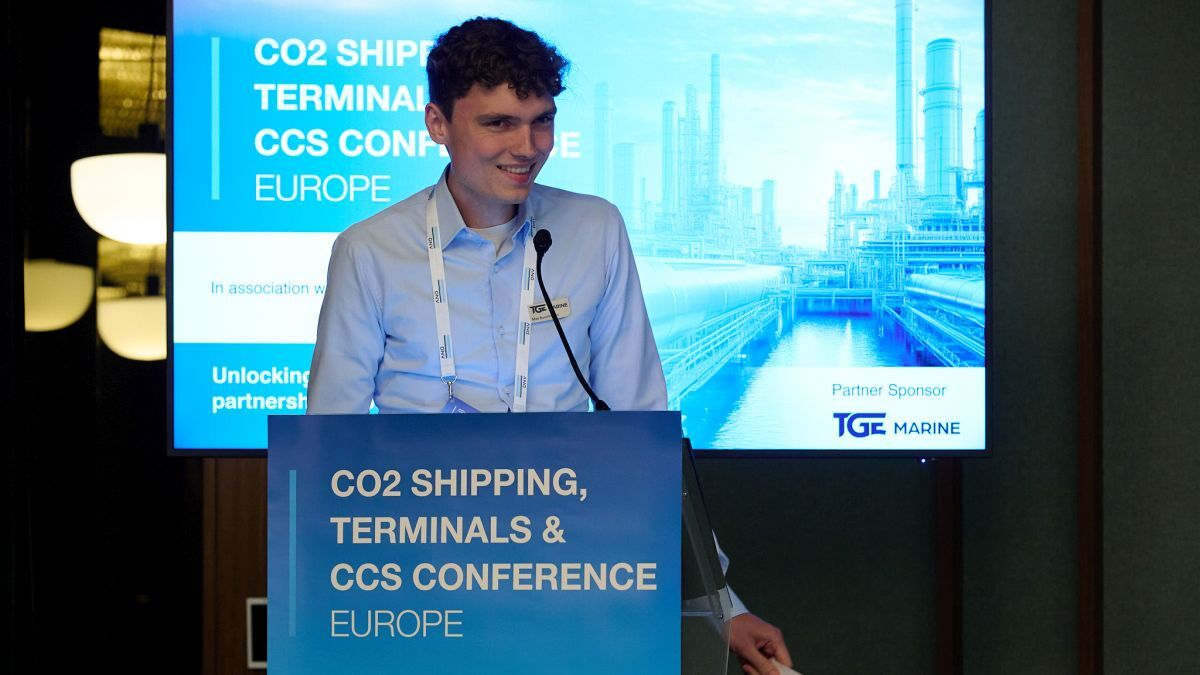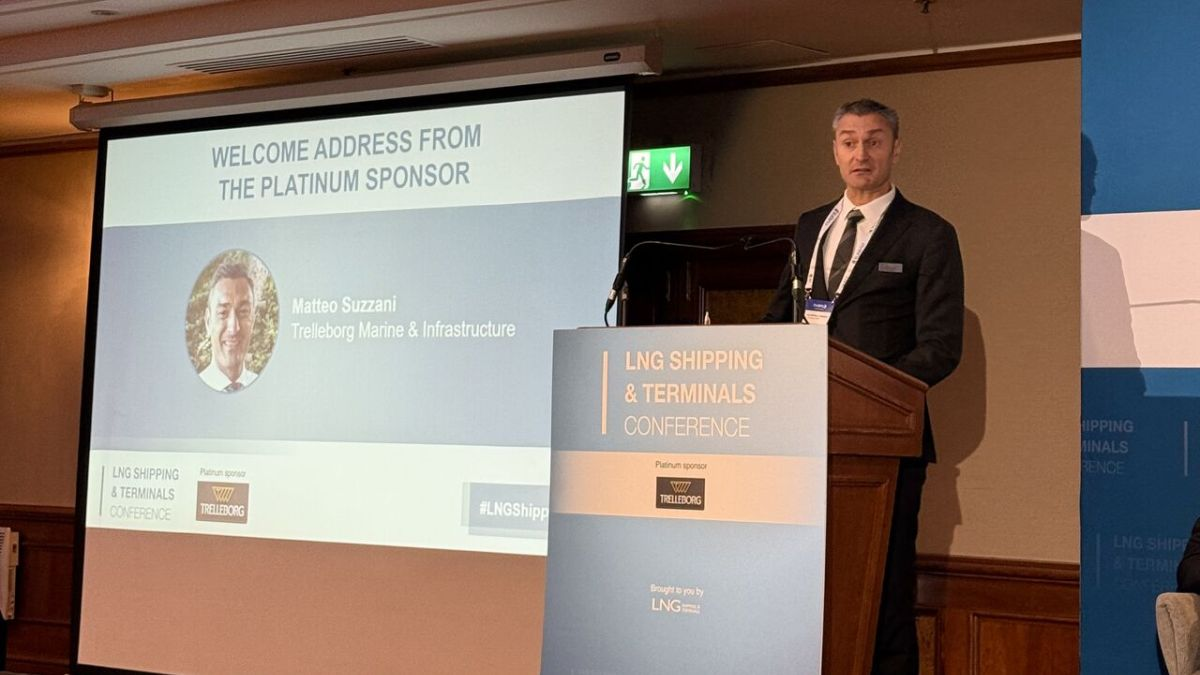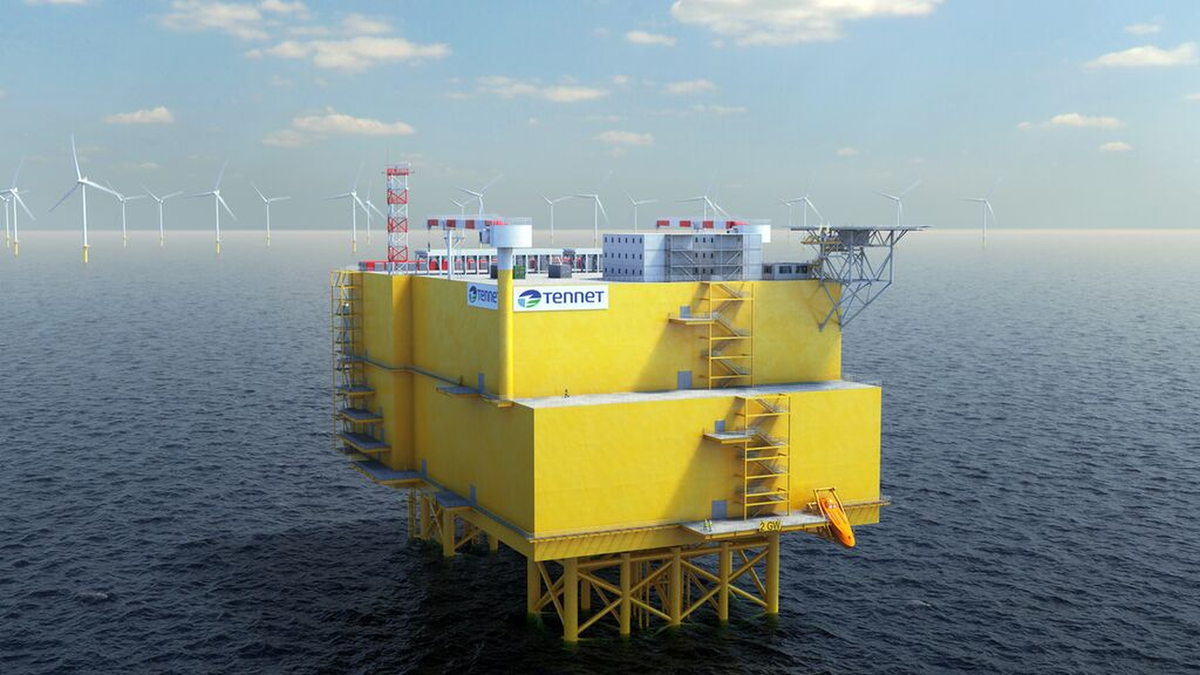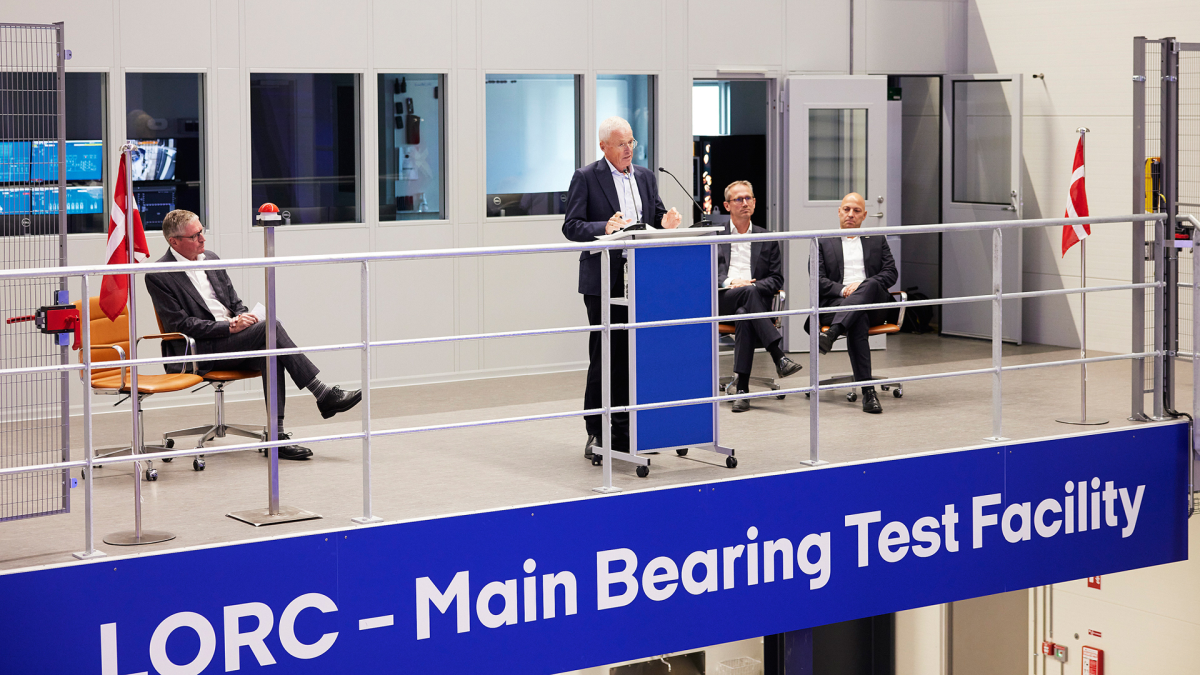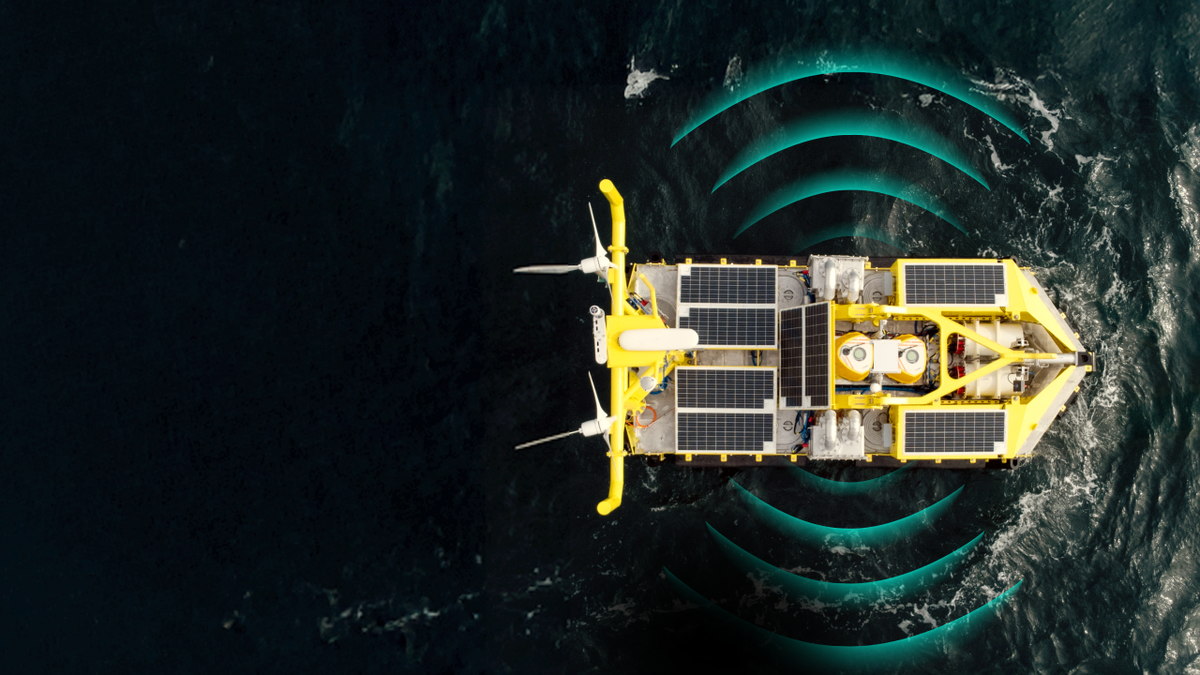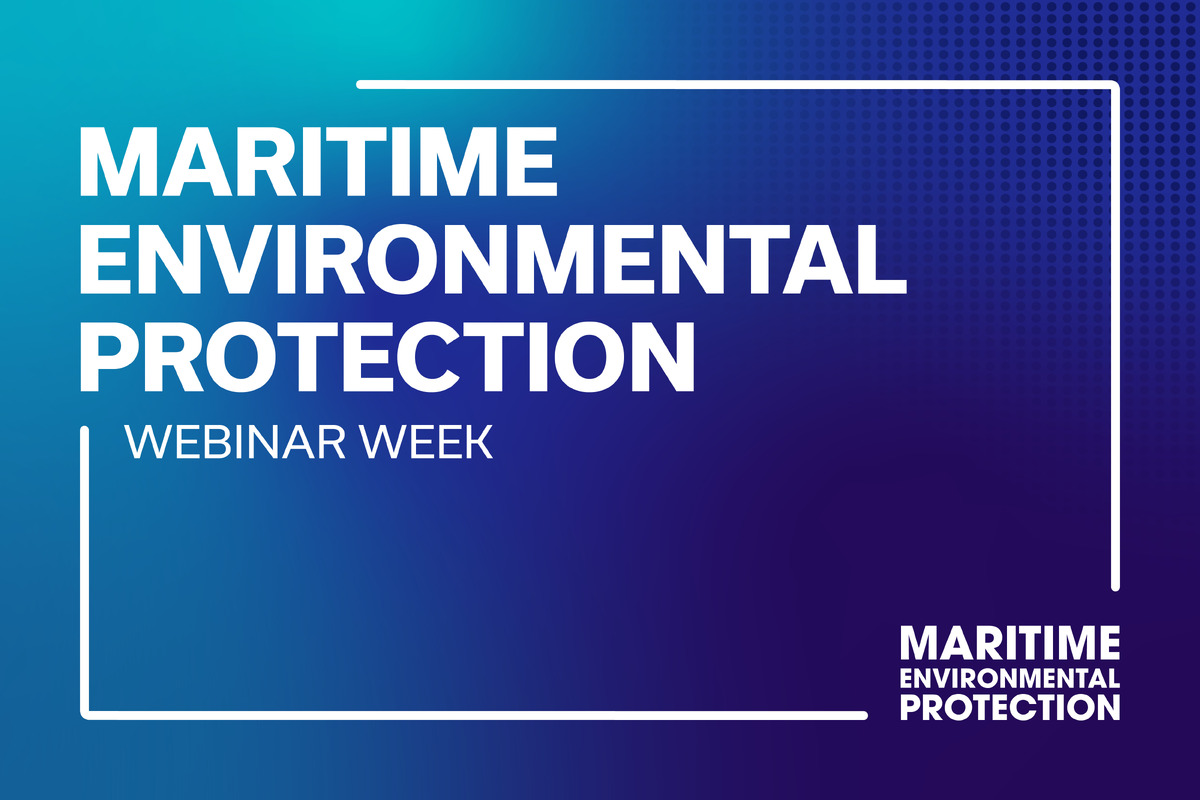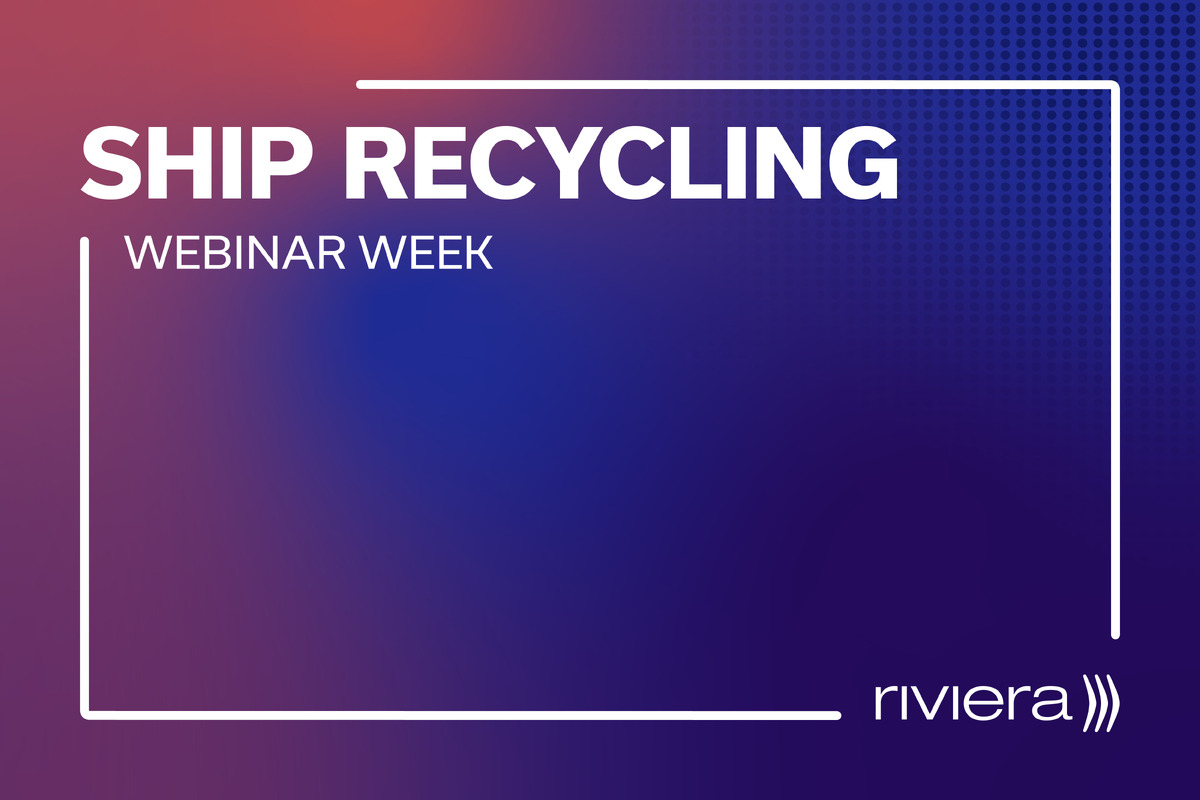Business Sectors
Events
Marine Coatings Webinar Week
Contents
Register to read more articles.
Prysmian’s new cable-layer delivered
Prysmian Group has taken delivery of its high-spec cable-lay vessel Leonardo da Vinci
Prysmian chief executive Valerio Battista said, “Leonardo da Vinci will support the group’s long-term growth in the submarine cable installation business. It will be a game changer in strengthening our leadership in the interconnection and offshore windfarm markets.”
The first project assigned to Leonardo da Vinci is the installation of the Viking Link submarine cable connection between the UK and Denmark, the world’s longest interconnector.
The vessel recently arrived at the Arco Felice plant, one of Prysmian’s four production centres, in order to load the cable to be installed.
Later in 2021 it will be assigned to other important projects such as the submarine power interconnection between the Spanish islands of Lanzarote and Fuerteventura and the Saint Nazaire offshore windfarm in France.
Built by the Vard Group, the vessel has a length of approximately 170 m and breadth of 34 m and is capable of installing cables in water more than 3,000 m deep. It has two carousels of 7,000 and 10,000 tonnes, respectively.
The vessel has two independent laying lines and a bollard pull of in excess of 180 tonnes, enabling it to perform complex installation operations and support a variety of burial tools.
In addition, the vessel is equipped with a DP3 positioning system. All of the cable-handling and installation equipment was designed by Prysmian.
Like other new-generation cable-lay vessels, Leonardo da Vinci has a much larger cable-loading capacity compared to earlier units, which will enable it to install cables with fewer joints.
The vessel will also be able to carry out cable laying and burial operations simultaneously, thus shortening the time required to undertake large-scale projects such as export cables and interconnectors.
With a speed in transit of in excess of 14 knots and maximum speed of in excess of 16 knots, Leonardo da Vinci has a hybrid propulsion system with six diesel generators and two battery-based energy storage systems, each of 750 kW, providing the vessel with a total of 21 MW.
The battery power will assist with peak shaving, when energy demands on the vessel are high, and will help to reduce fuel consumption.
Related to this Story
Events
Marine Coatings Webinar Week
Maritime Environmental Protection Webinar Week
Ship Recycling Webinar Week
© 2024 Riviera Maritime Media Ltd.

